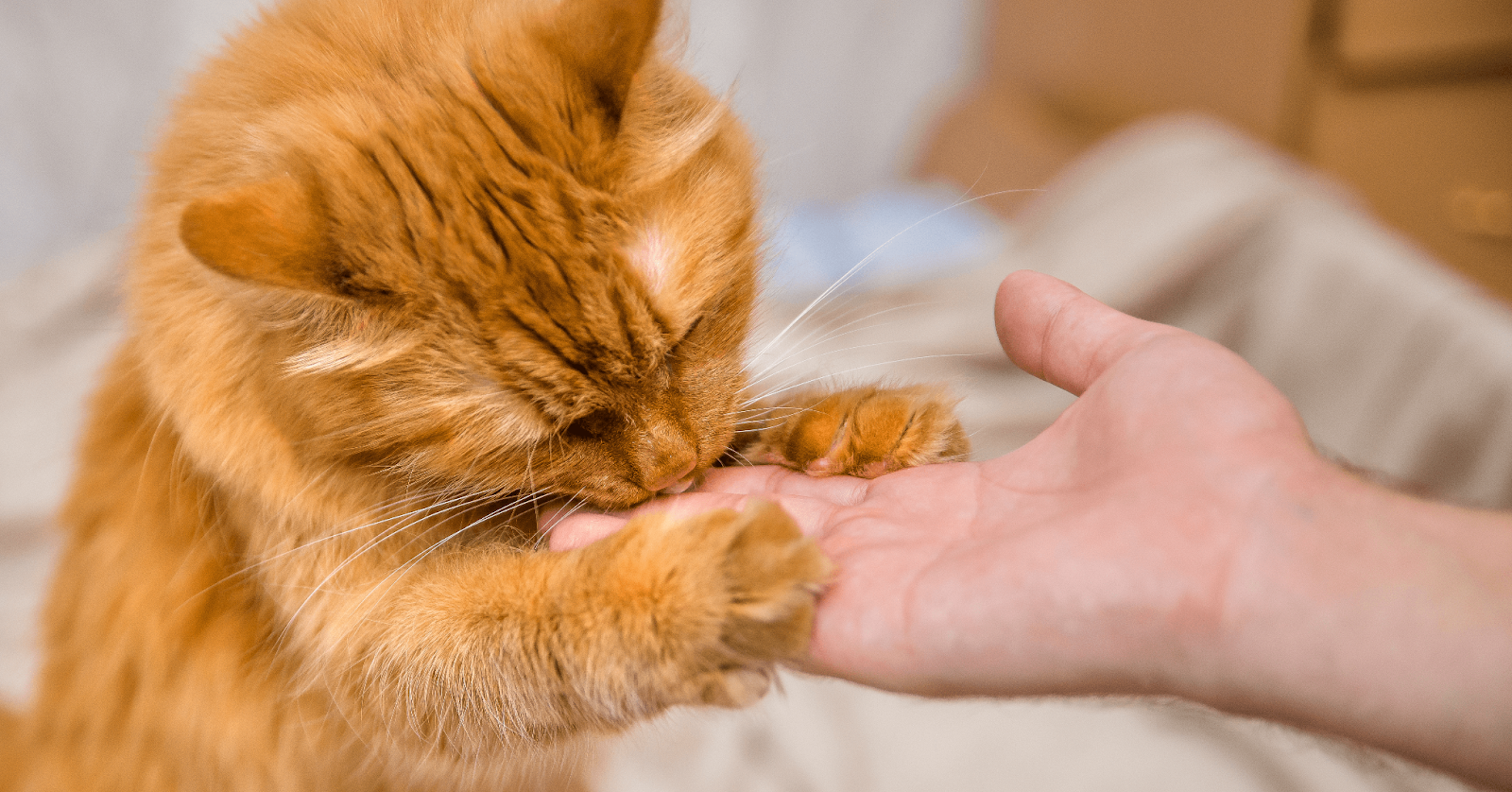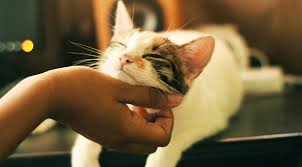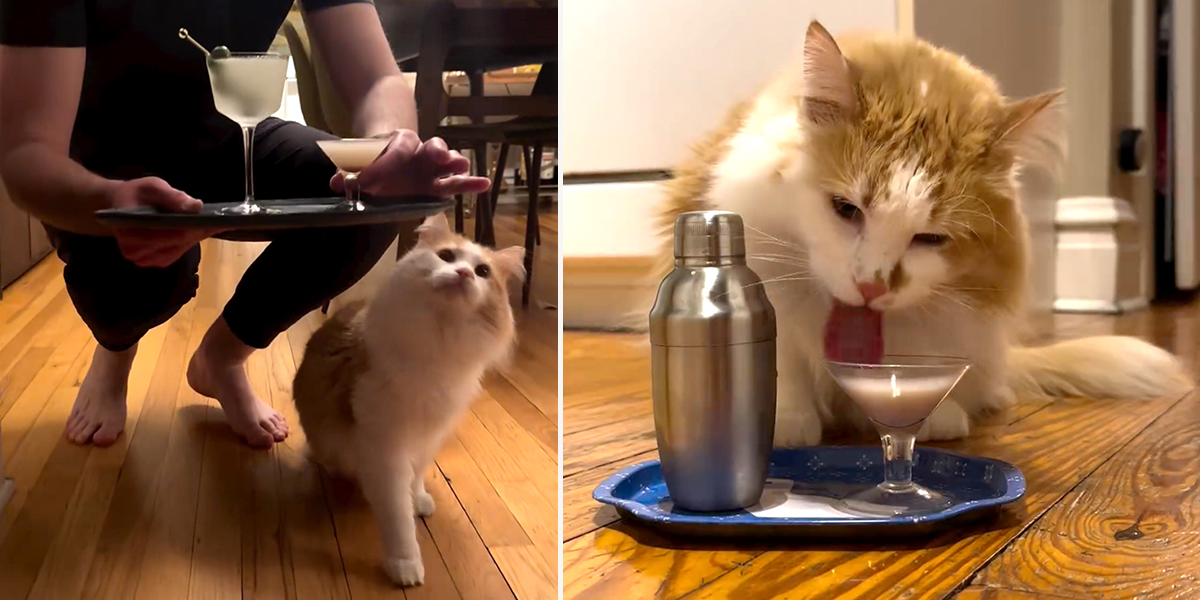Last Updated on November 12, 2024 by Dogs Vets
What are 3 Interesting Facts About Cats? Buckle Up, Cat Lovers, We’ve Got More!
Cats, those furry enigmas that have graced our homes and captured our hearts for millennia.
They strut around with regal indifference one minute, then purr themselves silly in your lap the next. But beneath their fluffy exteriors lie a treasure trove of fascinating secrets.
Sure, you might know they love to chase laser pointers and squeeze into impossibly tiny spaces, but today, we’re diving deeper.
Get ready to discover 3 interesting facts about cats that will have you saying “pawsome!” And trust us, that’s just the tip of the whiskered iceberg.

Beyond the Basics: A Celebration of Feline Finesse
We all adore those adorable cat memes and videos, but there’s a whole world of feline science waiting to be explored.
Cats are complex creatures with remarkable abilities and surprising quirks. So, buckle up, cat lovers, because we’re about to embark on a whirlwind journey into the fascinating world of our furry companions.
1. Purrfect Balance: Champions of Coordination
Have you ever watched your cat gracefully navigate a precarious bookshelf or effortlessly land a daring leap? Their athletic prowess is no coincidence.
Cats possess an incredible sense of balance thanks to their proprioceptive system. This network of nerves and sensory organs in their muscles, joints, and inner ear gives them a constant awareness of their body position in space.
Combined with their flexible spines and powerful hind legs, cats can contort themselves into seemingly impossible shapes and land flawlessly on their feet, even from great heights.
This talent makes them phenomenal hunters and allows them to navigate their environment with remarkable agility.
2. Decoding the Night: Masters of the Dark
Those mesmerizing feline eyes hold a secret – cats are nocturnal creatures, meaning they’re most active at night. Their retinas have a special reflective layer called the tapetum lucidum, which acts like a mirror, amplifying even the faintest light.
This allows them to see clearly in low-light conditions where we humans would be stumbling around in the dark. Additionally, their wide pupils can open further to capture more light, giving them superior night vision.
So, next time you catch your cat staring intently out the window at night, remember, they’re probably watching a whole world come alive that you can’t even see.
3. A Language All Their Own: The Secret Lives of Meows
We all know the classic “meow,” but did you know that feline communication is far more nuanced? Cats have a wide repertoire of vocalizations, each with a specific meaning.
From the friendly chirp of a greeting to the urgent meow of a hungry kitty, they can express a surprising range of emotions and needs.
Don’t forget the enigmatic purr. While often associated with contentment, purring can also indicate everything from seeking attention to self-soothing.
By learning to “speak cat,” you can build a deeper bond with your feline friend and understand their unique way of communicating.
A Tail of Curiosity: Unveiling More Feline Fascination
Those three facts were just a taste of the incredible world of cats.
Here are some more mind-blowing tidbits to add to your feline knowledge arsenal:
- Taste Bud Mystery: Compared to humans and dogs, cats have far fewer taste buds. They also lack the receptors for sweetness, meaning they can’t taste sugary treats!
- Silent Stalkers: The soft pads on a cat’s paws are nature’s built-in silencers. They act like tiny mufflers, allowing cats to sneak up on their prey (or unsuspecting humans) without a sound.
- Whiskers: Sensory Superheroes: Those adorable whiskers aren’t just for show. They’re super-sensitive touch receptors that help cats navigate tight spaces and sense their surroundings. Think of them as feline GPS!
- Dream Weavers: Just like us, cats dream! In fact, you might even see their paws twitching or whiskers quivering as they chase imaginary mice in dreamland.
- Healing Purrs: The rhythmic rumble of a purr isn’t just soothing to our ears. Studies suggest that purring may actually promote healing in cats and even humans!
Living with Legends: Building a Purrfect Relationship with Your Cat
Now that you’re armed with some fascinating feline knowledge, it’s time to translate that into action. Here are some tips for creating a happy and fulfilling life with your cat:
Respect Their Independence (But Don’t Be a Stranger)
Cats are known for their independent spirit. They cherish their alone time and enjoy exploring their environment on their own terms.
Don’t smother them with affection – let them initiate cuddle sessions when they’re feeling sociable. However, that doesn’t mean you should become a hands-off roommate.
Engage in playtime, offer regular petting sessions (on their terms, of course), and provide them with stimulating toys and scratching posts.
Cater to Their Inner Hunter
Remember, cats are natural-born predators. Channel their hunting instincts with interactive toys that mimic prey, like feather wands or puzzle feeders.
Engage in daily play sessions to provide them with mental and physical stimulation.
Create a Cat-Friendly Castle
Cats crave vertical space. Invest in a cat tree or install shelves to give them a place to climb, perch, and survey their kingdom.
Scratching posts are essential – they help keep your furniture safe and provide a healthy outlet for their scratching needs.
Address Their Dietary Needs
Cats are obligate carnivores, meaning their bodies require a diet rich in animal protein.
Consult your veterinarian to choose a high-quality cat food that meets their nutritional needs. Fresh water should always be readily available.
Keep it Clean
Cats are meticulous groomers, but they still need a helping hand. Regular brushing helps prevent hairballs and keeps their coat healthy.
Provide a clean litter box in a quiet, accessible location. Most cats prefer a box that’s scooped daily and cleaned thoroughly on a regular basis.
Shower Them with Love (But Understand Their Limits)
While cats might not be as overtly affectionate as dogs, they do form strong bonds with their humans. Show them you care with gentle petting, head scratches, and playtime.
However, be mindful of their body language. Pay attention to signs of stress like flattened ears or a swishing tail, and back off if they seem overwhelmed.
Embrace the Unexpected
Owning a cat is an adventure. They’ll surprise you with their antics, their curiosity, and their unique personalities.
Embrace the unexpected, learn to “speak cat,” and enjoy the purrfect companionship these fascinating creatures offer.

Frequently Asked Questions: Decoding Your Cat’s Quirks
Do you have lingering questions about your feline friend’s behavior? Fear not, we’ve got you covered! Here are some frequently asked questions (FAQs) to shed light on those puzzling cat habits:
Why Does My Cat Knead My Lap?
This behavior, known as “kneading,” often mimics a kitten nursing from its mother. It can be a sign of contentment and a way for your cat to mark you with their scent, claiming you as their own.
Why Does My Cat Stare at Me?
Sometimes, a cat’s stare is simply a sign of curiosity or affection. However, prolonged staring can also indicate they’re waiting for food, attention, or simply want you to move out of their way.
Why Does My Cat Hiss or Bat at Me?
Hissing and batting are your cat’s way of communicating they’re feeling scared, stressed, or overstimulated. It’s important to respect these boundaries and give them space to calm down.
Why Does My Cat Bury Its Poop?
This behavior is instinctual. In the wild, cats bury their waste to mask their scent from predators.
Why Does My Cat Bring Me Dead Animals?
This might seem like a gruesome gift, but it’s actually a sign of affection. Your cat sees you as part of their family and is trying to “share” their catch with you, the prized hunter.
Conclusion
Cats are more than just adorable companions – they’re complex creatures with a rich history and fascinating behaviors.
Provide the best litter for Litter Robot in a clean litter box placed in a quiet, accessible location. Most cats prefer a box that’s scooped daily and cleaned thoroughly on a regular basis.
By understanding their unique needs and appreciating their independent spirit, you can build a strong and rewarding bond with your feline friend.
So, the next time you lock eyes with your furry housemate, remember, there’s a whole world waiting to be explored beneath that fluffy exterior.
Disclaimer: The information provided in this article is for general informational purposes only and is not a substitute for professional veterinary advice. Always consult with your veterinarian regarding your cat’s specific needs and health concerns.
Verified Sources:
- American Society for the Prevention of Cruelty to Animals (ASPCA): Cat Care: https://www.aspca.org/
- International Cat Care: https://www.tica.org/

















